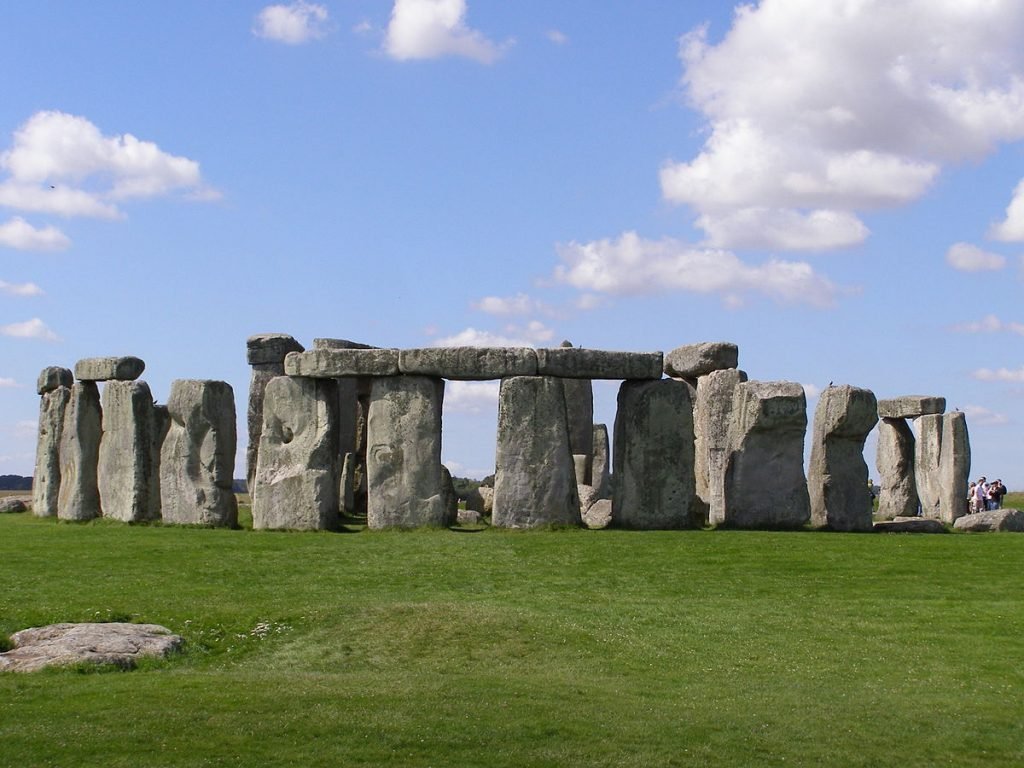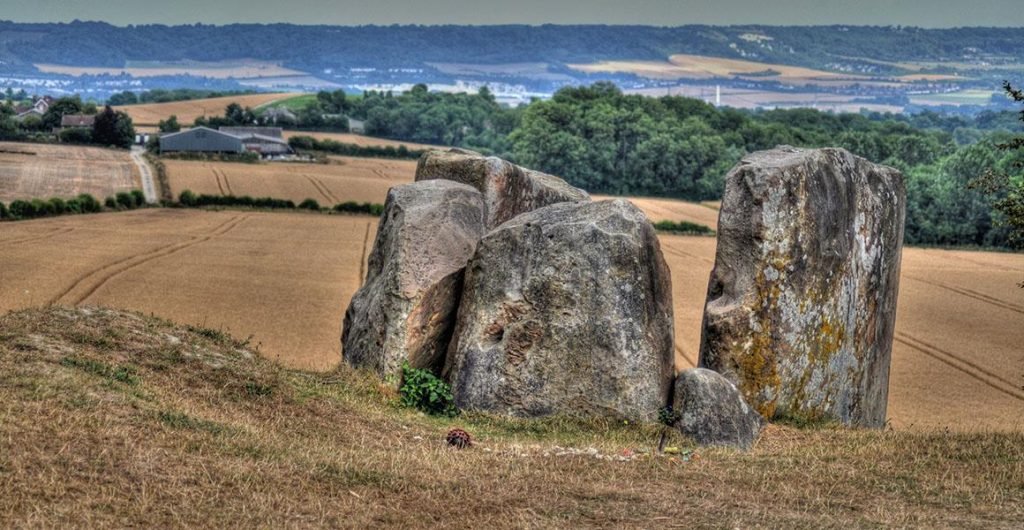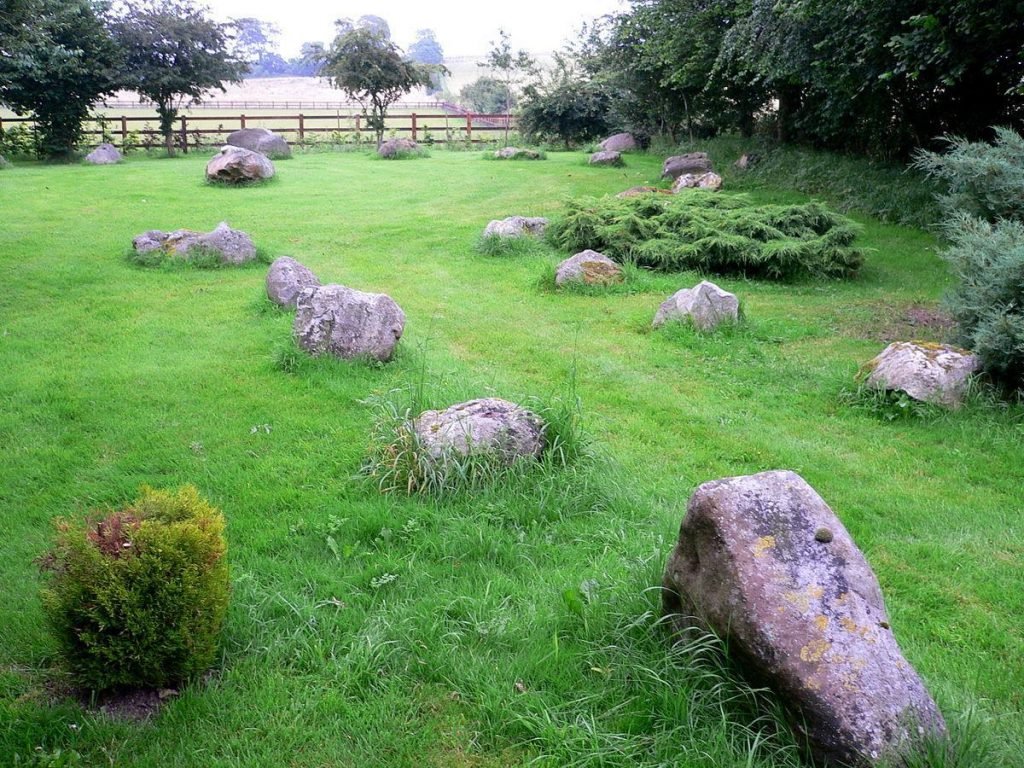What is the Breakthrough?
Stonehenge, the precise source of the world-famous prehistoric temple’s largest stones. Archeologists came with the greatest work & have solved one among Stonehenge’s greatest mysteries.

Geologists were able to pinpoint almost exactly where Stonehenge’s giant stone uprights and lintels came from. This is can be a new scientific breakthrough.
Up so far, all that archaeologists knew with reasonable certainty was that the stones (a sort of rock referred to as sarsen) had been brought in around 2500BC by the greatest temple’s Neolithic builders from the Marlborough Downs or immediately adjacent areas covering a 75 sq. miles area, 15-25 miles north of Stonehenge.
Nearby Lands
But now scientists from the University of Brighton have traced the stones to a little very specific two sq. mile a part of that range of hills. That is a patch of woodland just south of the village of Lockeridge, Wiltshire.
In prehistoric and indeed later times, that area (now referred to as West Woods) seems to possess been strewn with particularly large sarsen boulders, geochemically just like those wont to build Stonehenge.
Reading University archaeologist, Katy Whitaker, recently examined in detail of the West Woods. The examinations suggest that the builders of Stonehenge probably chose it as their source of stone due to the exceptional sizes and relative flatness of the many of its sarsen boulders.

New archaeological research about the location has revealed that even 1200 years before Stonehenge was built, the West Woods area’s great sarsen slabs were wont to construct a huge local prehistoric tomb.
Now identification of the source of Stonehenge’s great stones has finally been done. Archaeological attention is probably going to show to discovering the precise route employed by the monument’s prehistoric builders to maneuver the enormous 20-40tn stones from West Woods to Stonehenge (a distance of around 15 miles).
What are the possible routes?
One being an eastern route down the Wiltshire Avon Valley. Other one being a western route across Salisbury Plain.
The western option would have involved a brief segment where they might have had to haul the boulders up a 14 percent gradient for around 300m.
But the eastern option would probably have involved hauling the enormous stones (around 80 of them) for a minimum of six miles along a river valley through relatively dense woodland and scrub. it might almost never are possible to use a raft thereon river (the Wiltshire Avon) because the width of raft required to move such large boulders would almost certainly are much greater than the width of the river itself.
Probabilities say that it is certainly more likely that the builders of Stonehenge opted for the western route. Though the necessity to haul the stones up a hill was uncertain.
The possible route they might have taken could be south from West Woods across the southern part of the Marlborough Downs and down a really steep hill into the Vale of Pewsey. After that they would have taken common, what was perhaps an already ancient trackway past (or indeed through) an enormous prehistoric ritual and ceremonial complex (at Marden) across the river Avon then up onto Salisbury Plain.
Difficulties in Transportation
It was that ascent onto Salisbury Plain, which involved the sole moderately steep a part of the journey (the 14 percent gradient). Then they might have crossed the relatively flat and unforested plain to Stonehenge itself.
If they did choose this, after all, easier, western route, then the very fact that they (and their massive stones) would have gone by or through the Marden ritual complex is potentially significant.
In architectural terms, Stonehenge was the foremost impressive religious complex in Neolithic Britain — but Marden is the most important.

Archaeological investigations have been led by an archaeologist, Dr. Jim Leary, now of the University of York. In recent years it has revealed that the Marden complex consisted of three great monuments. First, a huge 500m diameter banked enclosure north of the River Avon. Second, an enormous roughly 20m tall, 70m diameter ceremonial mound within the center of that enclosure. Third, banked enclosure, south of the river, surrounded by a 100m diameter circle of massive 1m diameter wooden “obelisks”.
What is Next?
After discovering the source of the enormous stones of Stonehenge, what maybe next? Soon archaeologists may be in a position to form another potentially significant discovery about quite 100 fragments of sarsen stone found at Marden.
Archeologists may ultimately be ready to discover where the Marden fragments came from. Though detailed preliminary exam of these enigmatic fragments will begin later this year and may expect a good result.
Believing that fragments appear to possess the same timeline that has been gathering together within the Marden ritual complex at around the same time that the Stonehenge sarsens may are passing through that monument.
So if it were ultimately to show out that the Marden fragments came from West Woods, then it’s conceivable that those fragments may are far away from Stonehenge-bound sarsen boulders — potentially to shape them (and thus reduce their weight) before their ascent onto Salisbury Plain.
What is Sarsen Stone?
Sarsen stone, the sort of rock wont to build Stonehenge and Avebury stone circle, lay profoundly mysterious by prehistoric people. Because they normally only occur as loose or semi-buried boulders, completely unconnected to any bedrock.
Indeed, the bedrock within the Marlborough Downs is chalk — therefore the presence (back within the Neolithic) of many thousands of often huge boulders composed of an obviously totally different sort of stone (sometimes even arranged in straight lines across the landscape) would are seen by prehistoric people as unusual.

Among many cultures anomalous stones have often been regarding as spiritually and physically interchangeable with humans. Sometimes with a belief that specific stones contained the souls, spirits or maybe the transformed mortal remains of the dead considered to worship. The assumption was widespread, occurring on virtually every continent.
Builders of Stonehenge, Avebury and other stone circles makes it likely that perceived sarsen in both practical construction terms and also in additional spiritual ones.
How was all this Possible?
In geological terms, sarsen is simply a really hard sandstone. It had been forming around 50 million years ago when fresh groundwater gradually deposited additional silica while flowing through sand deposits. Silica then acted as a natural “glue” to bind trillions of sand grains together, thus forming solid rock in few regions.
Sarsen boulders were the left overs, when later erosion subsequently removed the encompassing “unglued” sand.
Now because the chemicals used within the original sand varied from locality to locality. Modern scientists have now been ready to develop and find out how of manufacturing very accurate chemical fingerprints for sarsen stones from different locations. University of Brighton geomorphologist and geographer, Professor David Nash has develop such system.
He has now used it to unravel the mystery of where Stonehenge’s sarsens came from. It’s the primary time that sarsen “fingerprinting” has been wont to solve a serious archaeological puzzle.
What Researchers Think?
“It has been really exciting to harness 21st-century science to know the Neolithic past, and eventually answer an issue that archaeologists are debating for hundreds of years,” said Professor Nash.
English Heritage senior properties historian Susan Greaney said that they can now say, when sourcing the sarsens, the overriding objective was of what size. Adding and said the builders of Stonehenge wanted the most important, most substantial stones they might find.

As well because the giant sarsen stones, Stonehenge also features a significant number of much smaller stones (the so-called bluestones). The success story of the scientists proves that those smaller (2-3tn) standing stones came from Stonehenge’s builders from southwest Wales.
Professor Nash is all set and ready to analyze the Stonehenge sarsens. One of the prominent reasons being a core extracted from one among the monuments giant stones during repair add the 1950s (and taken to America by one among the engineers involved therein work) was returned to English Heritage last year.
